Thousands of our faithful followers have asked this! Well, actually, no one has, but it’s fun to imagine. There are (at least) two ways to answer the question.
The first answer (call it the boring, physical-reality answer) is that there are three locations called Pano Hora that have a connection to the Pano Hora Ensemble.
Pano Hora, Vordonia My paternal grandfather was born in Vordonia, a village at the foot of Mount Taygetos, near Sparta. It was an important medieval location, but only a shadow of its grandeur is visible today in the ruins of the many ancient churches there. It is divided into several smaller villages, and Pano Hora (which means “Upper Village”) is the one highest up on the mountain.
Approaching Pano Hora, Vordonia
It’s a beautiful, verdant place, adjacent to a national park on Mount Taygetos. When I think of it, I am reminded of the smell of oregano, the sight of olive and cypress trees, and the sound of crickets. I first arrived there in the summer of 1977, having hiked with my backpack from Sparta. Everyone guessed I was a German tourist, but then my two cousins, Ioannis and Theofanis Pahigiannis, who were visiting from the U.S., recognized me and the reunion and festivities began. Elders gathered round to explain the family history in detail. I learned, for example, that my great grandfather had the nickname “Captain” and he was famous for his wit. I got to spend the night in the house where my grandfather grew up, looking out from the wrought iron-railed balcony to the valley below. I’ve never slept better.
Last time I visited Pano Hora (about two years ago), there were few people there. Most people in Vordonia now live in the other villages. You can see a bust of my ancestor, Father Ioannis Papakalomiris, who came to Vordonia from Asia Minor in 1801. He led the partisans in the attack on the Ottoman fortress at Mistras, a battle that occurred at the beginning of the Greek Revolution of 1821. He was killed (and beheaded) at the Battle of Corinth. Beheading was a method used by bounty hunters to collect their bounties (by presenting the head to the Ottoman authorities), and there was a high price on his head (so to speak).
Pano Hora, Syros
The second relevant Pano Hora is the village that was home to the great rebetiko composer and bouzouki player, Markos Vamvakaris, on the island of Syros. That Pano Hora was a Roman Catholic enclave, and Roman Catholics in Greece are sometimes called Franks, in recognition, I guess, of that ancient Western European empire. Vamarkaris was one of the originators of rebetiko music in Greece, a type of music I grew up playing, and still play. He was a colorful character and a bit of a tough guy, as his autobiography explains at length. That was typical of many of the early rebetiko performers.
One of his most famous songs, Frangosyriani , is about a girl from Pano Hora on Syros that the composer sees one day, instantly falls in love with, is unable to meet, and never forgets. The Pano Hora Ensemble pays tribute to Vamvakaris’s music in a piece called, Rapsodia Aravo-Rebetiki , which combines three of his most famous compositions with an ancient (thousand-year-old) Arab classic. It will appear on our forthcoming album, Phrygian Gold (see that album’s Project page for more details).
Pano Hora, Colorado
A Meadow in Pano Hora, Colorado
The third Pano Hora is my 40 acres of heaven set in Redstone Canyon, just behind Horsetooth Rock, outside of Fort Collins, Colorado. The canyon is home to a small group of eccentrics, like me, who prefer mountain lions, bears, rattlesnakes, and the smell of sage to modern world conveniences like trash collection and sewer hook ups. Pano Hora boasts two creeks and several microclimates. I find living there very inspiring for writing music (most of our music was written there, especially our latest album, Evlogía ). My next-door neighbors – the naturalist and distinguished animal sculptor, Steve Kestrel, and his wife, Cindy – don’t seem to mind hearing me twang away on the bouzouki from my deck. They even say they like it. If you are going to be in the neighborhood, send me an email in advance and I’ll show you around.
Junior Varsity Horseshoe Champions, Pano Hora, Colorado
The better answer to the question, “where exactly is Pano Hora?” however, is that the true Pano Hora is only discoverable through the application of mystical anatomy, a field of study I just invented, although it is derived from the Orthodox Christian anatomy of the soul (if you think I just made that up, you are wrong – please see Orthodox Psychotherapy: The Science of the Fathers , by Metropolitan Hierotheos of Nafpaktos, translated into English by Esther Williams).
Here is how to get to the true Pano Hora. Start at the heart – yes, the physical heart, which is an important location for the soul, too; the soul exists in the space roughly coincident with the body, and its important parts connect with the physical reality of the body, especially the heart. Now, if you travel from the right side of the heart to the part of the soul known as the nous , which is also called the eye of the soul – yes, the soul has parts; do I have to tell you everything ? – and you look just a little to the right of the nous , you will see the gateway to Pano Hora. You cannot miss the gateway, even in the dark (and there is often darkness there), because there are almost always weird sounds coming from it. There is no key needed to get in, and no need to knock. But you must bring a little patience, a lot of yearning, and a willingness to listen.
Pano Hora Ensemble returns with its first chamber concert of the year on Saturday, October 11 at 2 PM at St. John’s in the Village, NYC . We’d love to see you there — or, if you can’t attend, you can still support us by purchasing a ticket as a donation. For tickets and information:
Tickets
Where is Pano Hora?
October 9, 2025

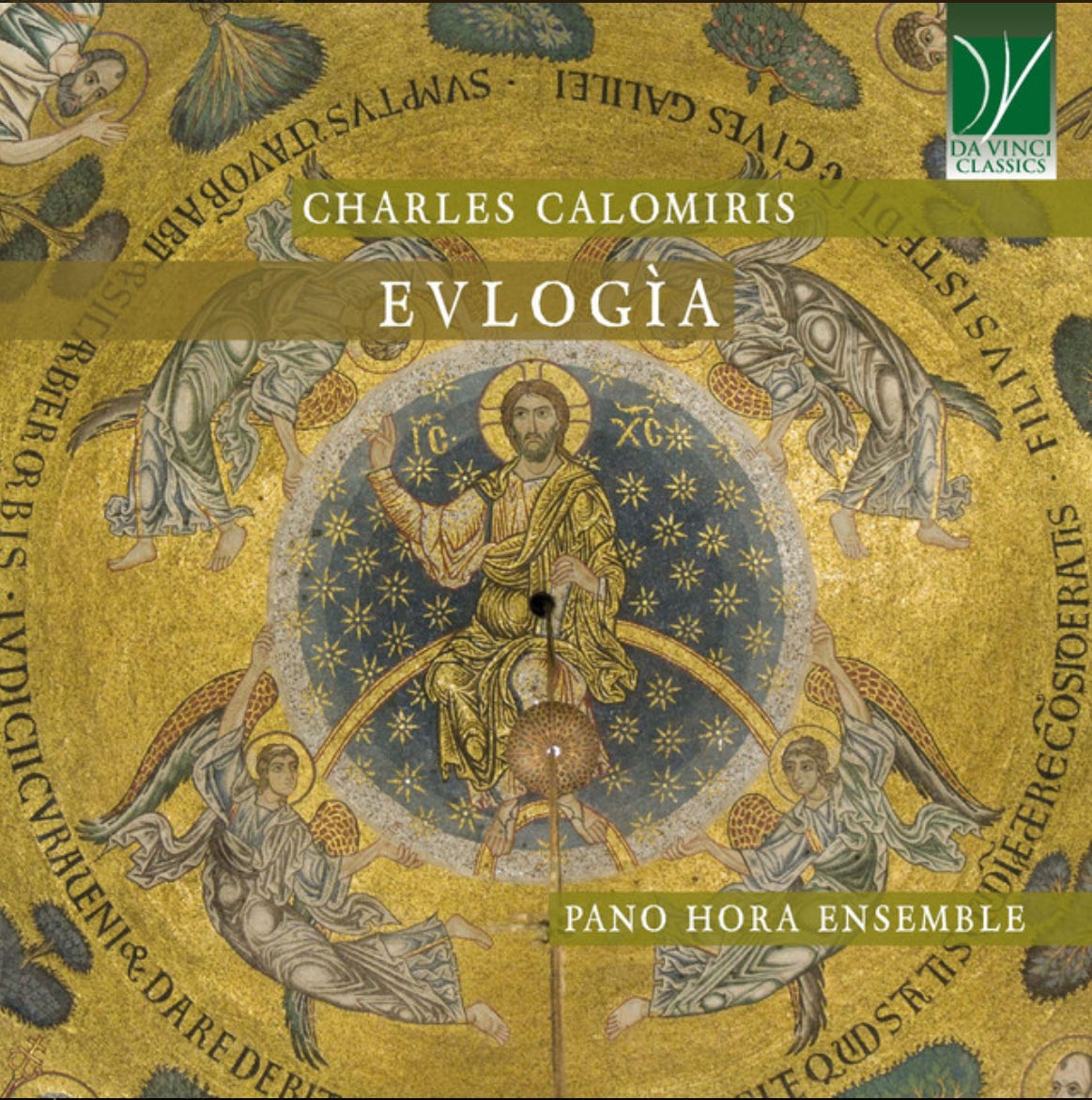


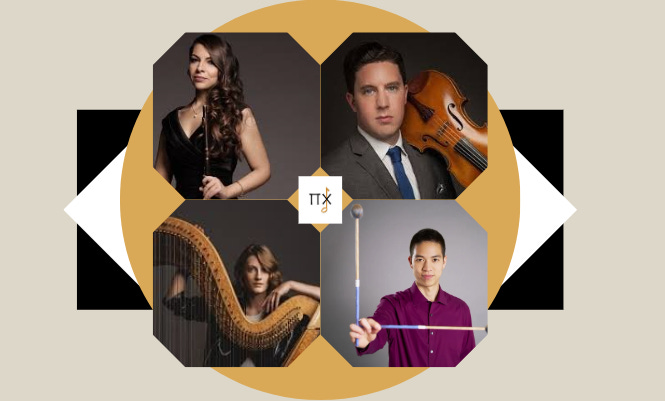

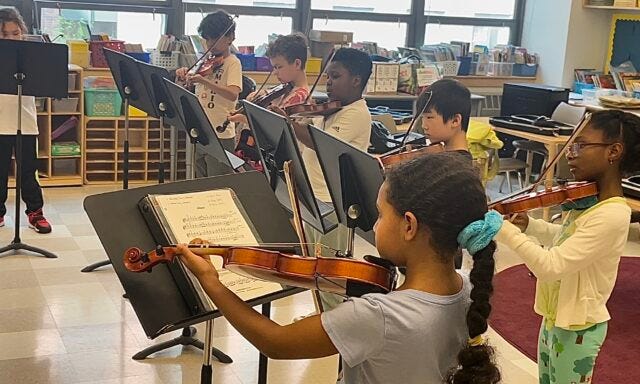
.avif)
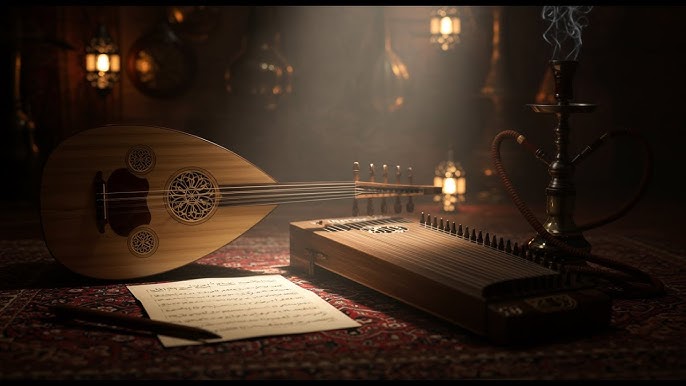
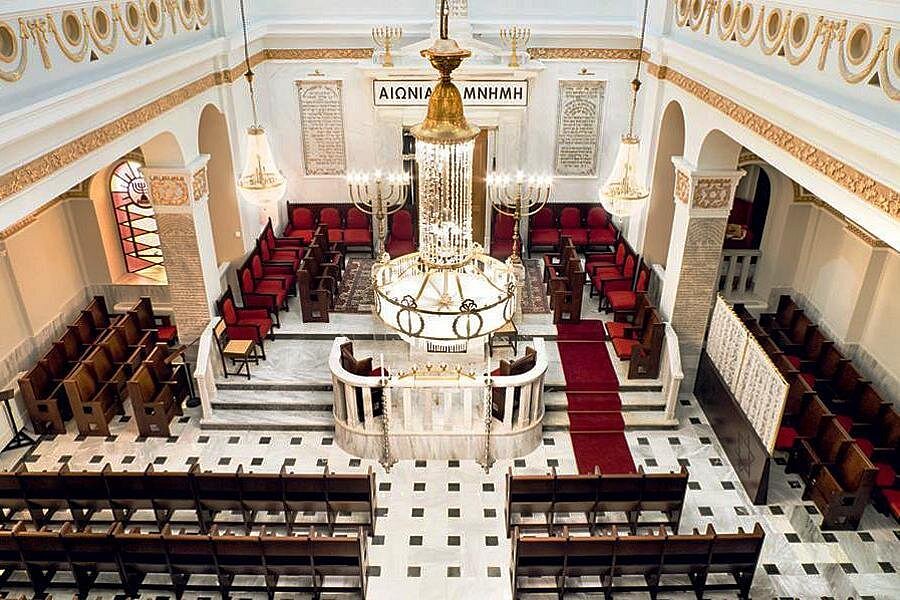
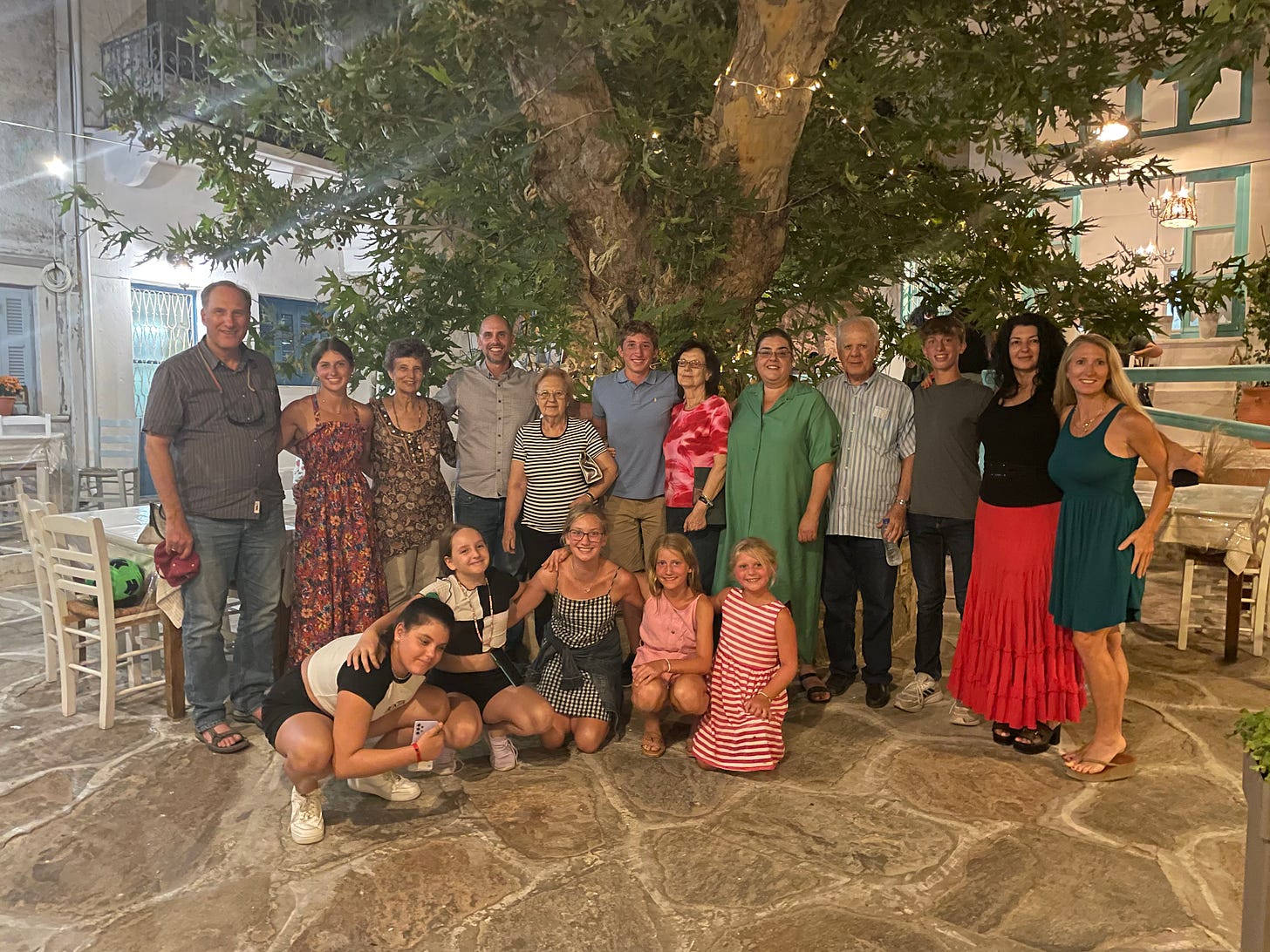
.png)
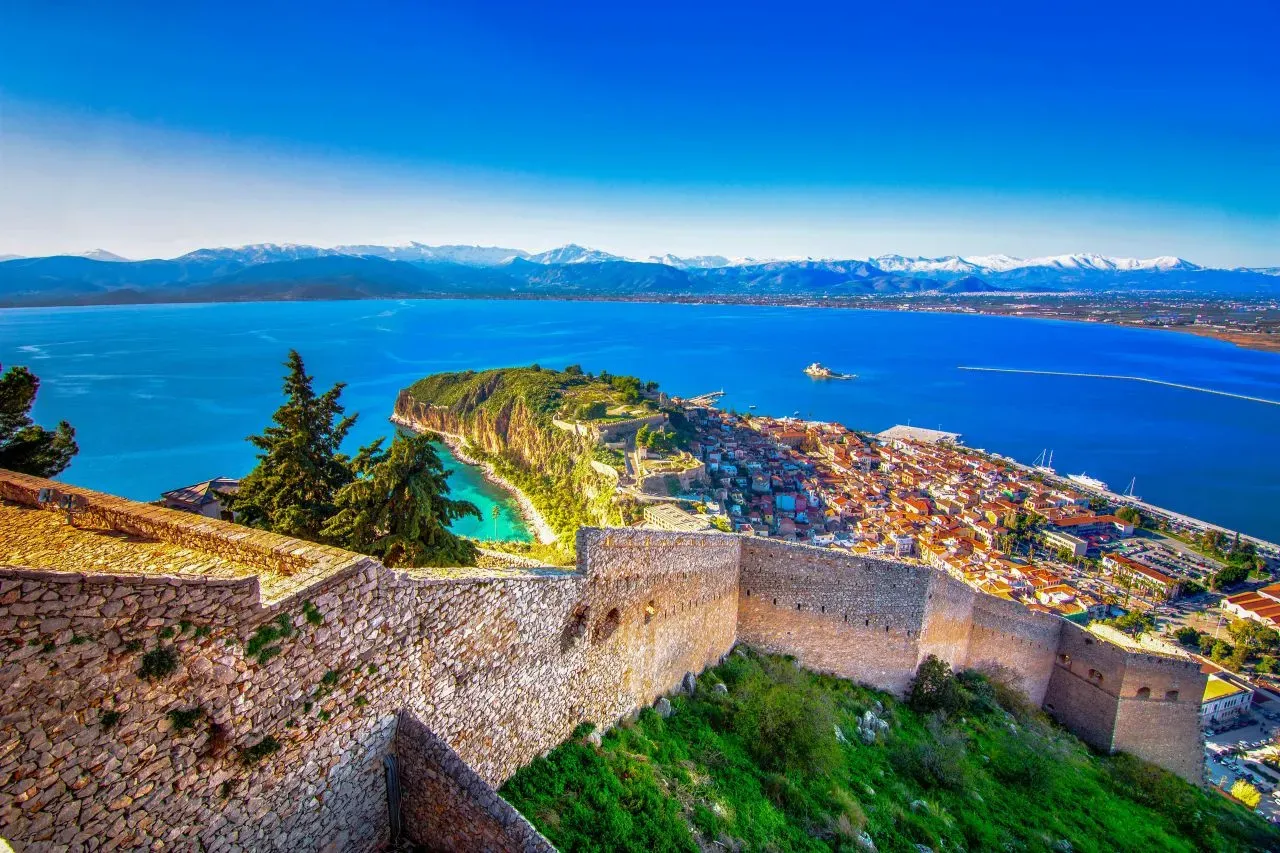

.png)


.png)


.png)




.jpg)
